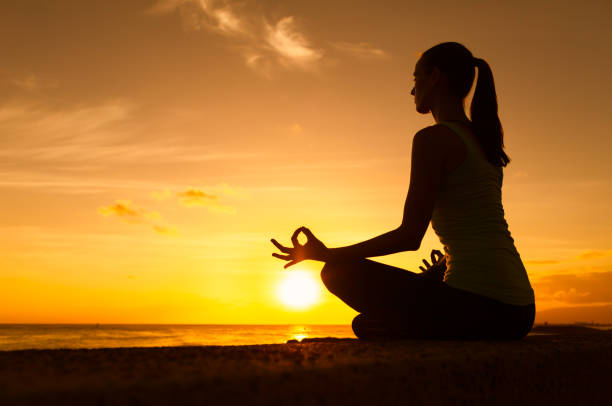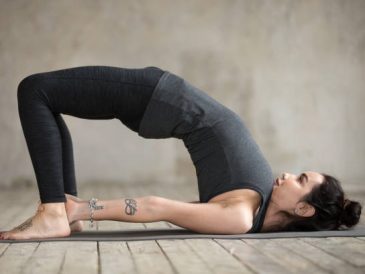For you time-strapped people, the short answer is yes. Shorter yoga sessions mean we are more likely to do them and, most importantly, keep doing it!
Yoga and physical activity have many benefits
Research has shown that exercise is a good way to lower your risk of many long-term conditions such as heart disease, stroke, diabetes and certain forms of cancer. Exercise is good for your health and makes you feel good. Exercise releases neurotransmitters, which give us a natural high. They also strengthen our brain’s response to everyday pleasures.
Despite all the evidence to support it, different estimates show that less than half the US population engages in moderate-to-vigorous physical activity (MVPA) for at least 150 minutes per week. Similar numbers are found in the UK. This is the recommended minimum amount of activity, not the optimal.
Motivation and time are the main reasons people don’t exercise. You don’t need to spend hours at the gym or do 90 minutes of Power Yoga to reap the many benefits. You can break down these 150 minutes of MVPA into smaller chunks throughout the week. Even sporadic, daily activities like running for the bus or carrying our bags up the stairs can make a difference in your health.
Do you prefer to do a few short sessions or a long exercise session?
Many studies in sports science have shown that breaking up your workouts into shorter sessions can be just as effective, if not more, than one long session. This is true for many measures, including heart health, weight reduction, and aerobic fitness.
Regular exercise can have a positive impact on your mental health. A study showed that physically active people had significantly lower stress-related negative emotions than those who were not. With just 10 minutes of activity, this was true. It was found that exercise helped them cope with stressful situations more effectively.
Research on short exercise sessions tends to be based on intense interval training. Some yoga classes may include elements of strength and fitness training. However, we are not comparing like with like!
What about yoga?
Although practice can be deepened if we have an hour or more, many people don’t have the time. Is it possible to still reap the benefits of yoga in just 20 minutes? Yoga research focuses on its therapeutic benefits in small clinical groups, so there aren’t many large-scale studies.
A 2012 study that included over 1000 students in yoga found that the frequency of their home practice was what positively predicted various health measures, such as mindfulness, emotional well being, fruit and vegetable intake, vegetarian status, sleep and fatigue. The frequency of their practice had a stronger effect than the years of practice or the number of studio classes attended.
A study of more than 700 people revealed that 12 minutes of daily yoga practice could improve bone health. Another small study showed that yoga for 20 minutes a day improved focus and working memory.
Yoga is not just another exercise. Yoga also incorporates breathing techniques and meditation, so it is important to consider its wider benefits. Headspace, the meditation app, says that most recent research on the best time to meditate shows that frequency is more important than duration. It is more beneficial to meditate for 10 minutes every day than to meditate for 70 minutes one day.
It is easier to establish habits when sessions are shorter
We mentioned at the beginning that motivation and time are the main barriers to exercising. One of the greatest benefits of shorter yoga sessions is that they can fit into our busy schedules and are easier to continue doing.
You can make the best time to do yoga or exercise at any time that fits into your daily schedule. It is important to find something you enjoy and to keep it up!




